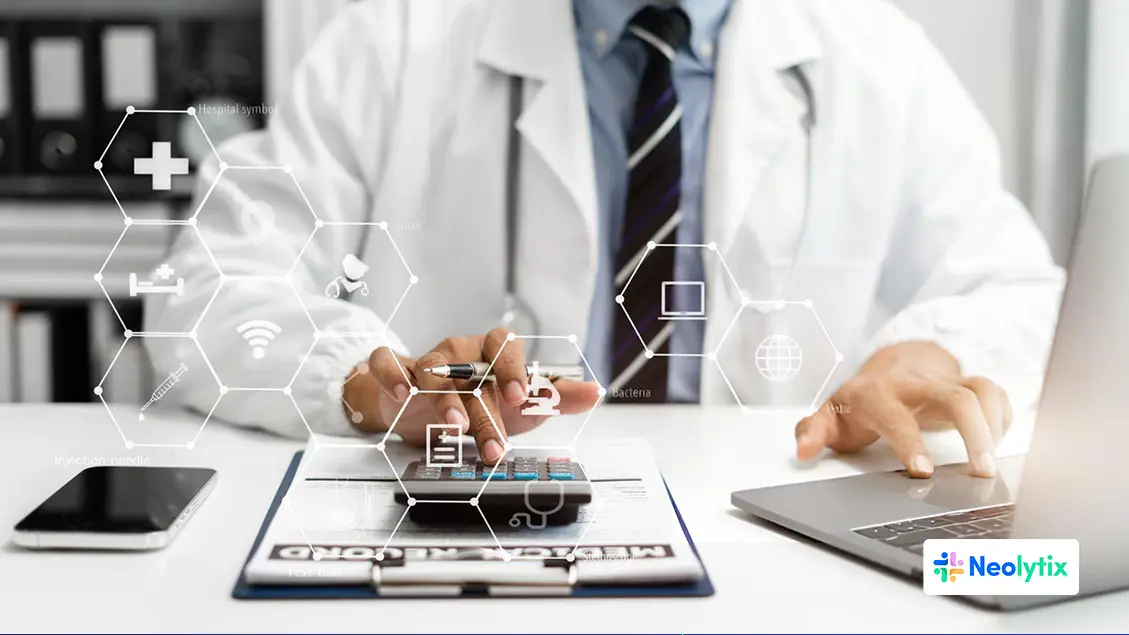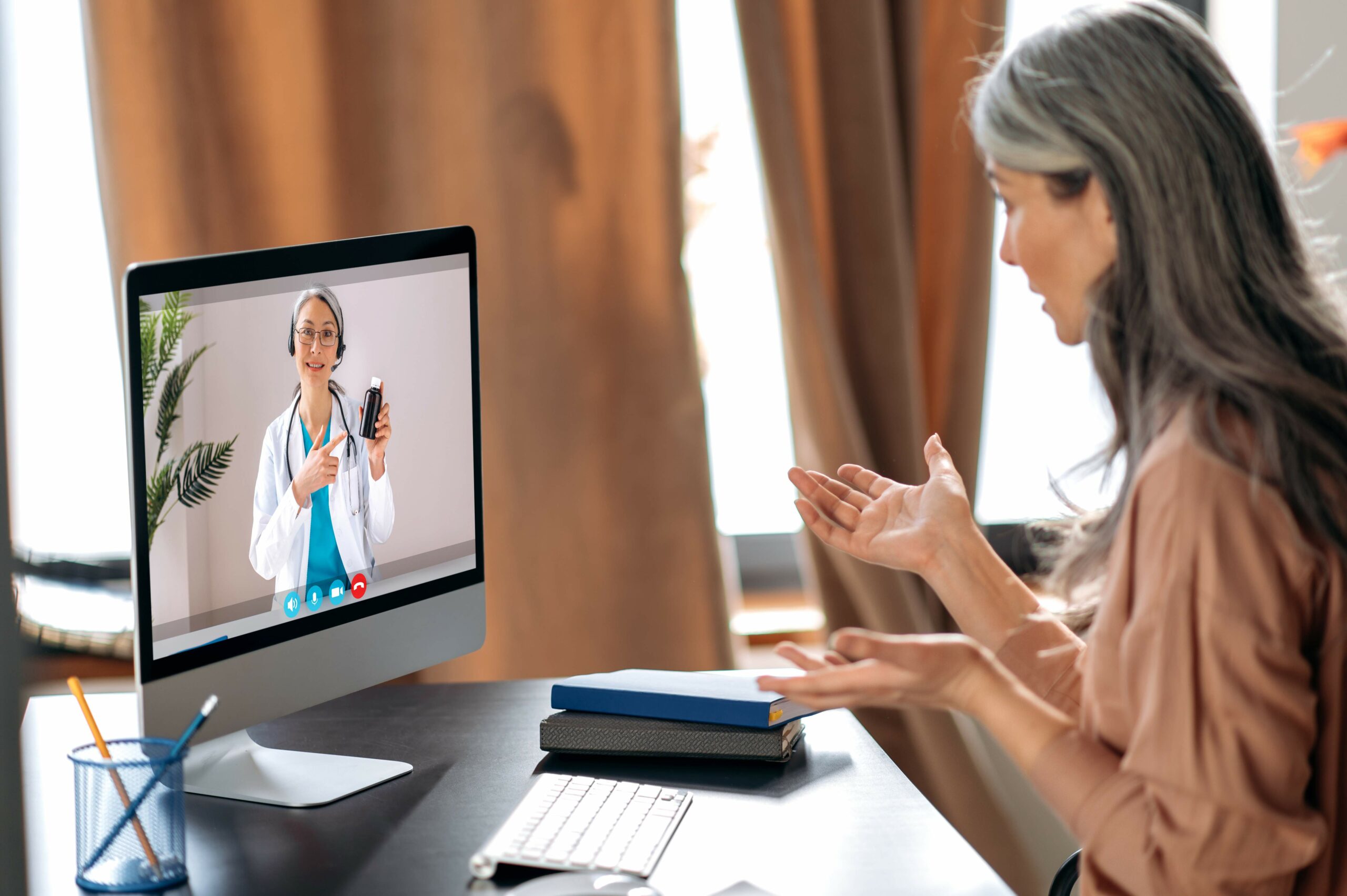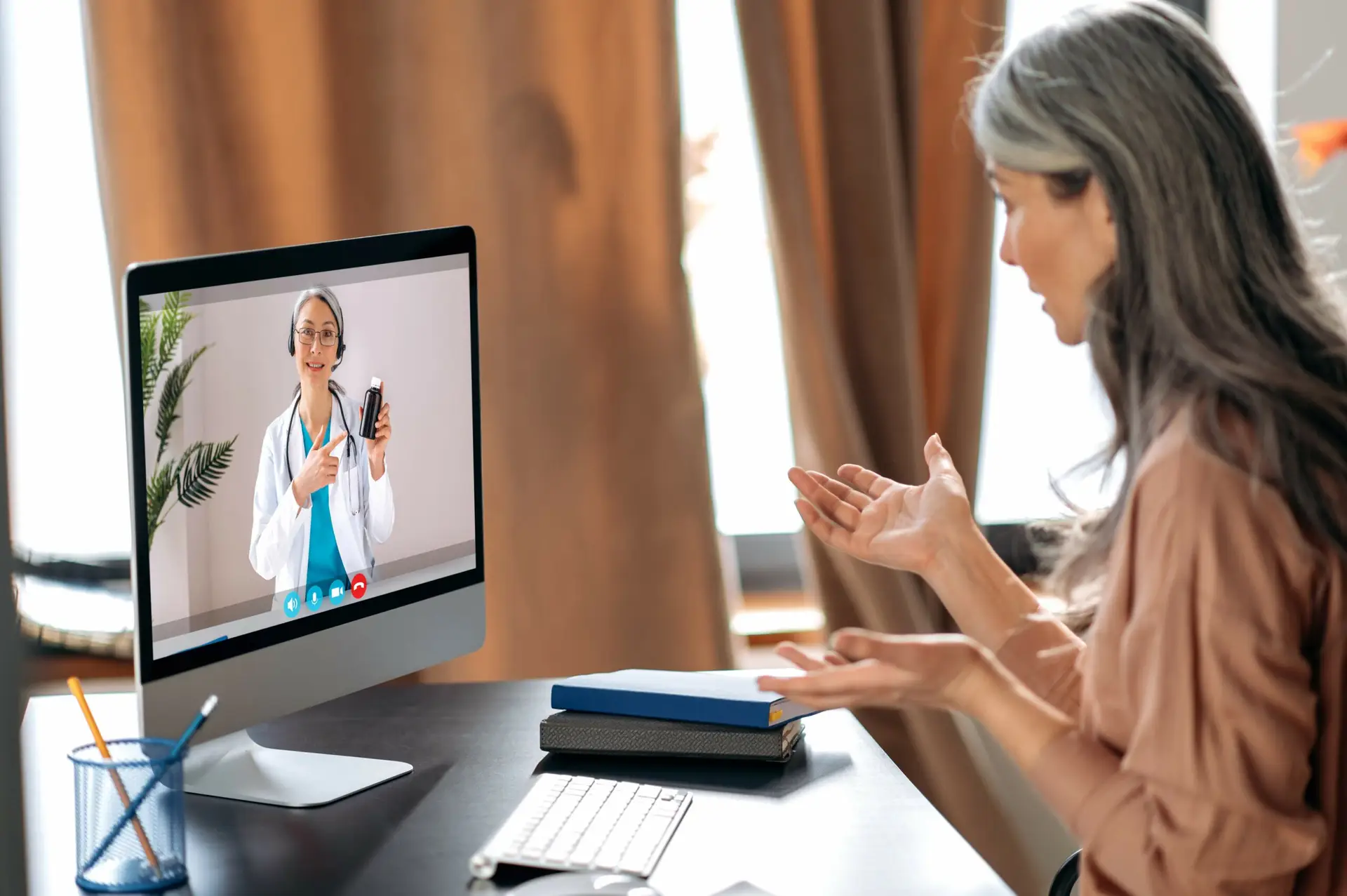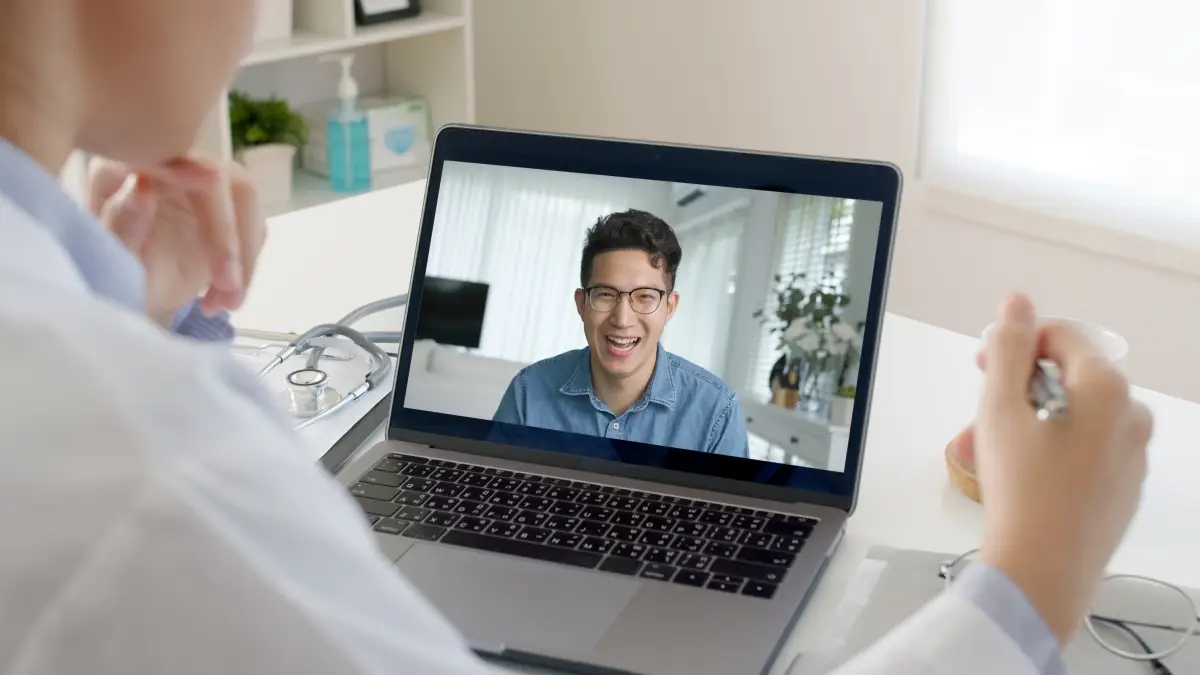
Mastering Remote Patient Monitoring for Revenue Growth and Enhanced Patient Care
Remote Patient Monitoring (RPM) is transforming the healthcare landscape by enabling continuous patient care outside traditional clinical settings while providing
Unlock, optimize, and transform your revenue streams.
Get a firm handle on cost and compliance.
Attract more patients while improving the patient experience.
Attract more patients while improving the patient experience.
Attract more patients while improving the patient experience.
Get to know us!
Unlock, optimize, and transform your revenue streams.
Get a firm handle on cost and compliance.
Attract more patients while improving the patient experience.
Attract more patients while improving the patient experience.
Attract more patients while improving the patient experience.
Get to know us!
Unlock, optimize, and transform your revenue streams.
Get a firm handle on cost and compliance.
Attract more patients while improving the patient experience.
Attract more patients while improving the patient experience.
Attract more patients while improving the patient experience.
Get to know us!
Unlock, optimize, and transform your revenue streams.
Get a firm handle on cost and compliance.
Attract more patients while improving the patient experience.
Attract more patients while improving the patient experience.
Attract more patients while improving the patient experience.
Get to know us!
Unlock, optimize, and transform your revenue streams.
Get a firm handle on cost and compliance.
Attract more patients while improving the patient experience.
Attract more patients while improving the patient experience.
Attract more patients while improving the patient experience.
Get to know us!
Unlock, optimize, and transform your revenue streams.
Get a firm handle on cost and compliance.
Attract more patients while improving the patient experience.
Attract more patients while improving the patient experience.
Attract more patients while improving the patient experience.
Get to know us!
FEATURED
With a growth rate of 18.2% nationwide, it’s clear to see that healthcare organizations are realizing the benefits of RPM for patients and providers alike.
Curious whether RPM is the right fit for your organization? Find everything in this comprehensive article you need to know about RPM and how to implement it.


Remote Patient Monitoring (RPM) is transforming the healthcare landscape by enabling continuous patient care outside traditional clinical settings while providing

Table of Contents Remote Patient Monitoring (RPM) traces its roots to early telemedicine efforts that began in the mid-20th century.

Healthcare providers are constantly seeking innovative solutions to: Optimize patient care Increase revenue opportunities Improve care coordination. One such service

Remote Patient Monitoring (RPM) allows healthcare providers to track patients’ vital signs and health data remotely. This tool enables proactive

Remote patient monitoring (RPM) has emerged as a crucial solution for healthcare providers who want to improve their patient experience

Remote patient monitoring is important for improving healthcare and increasing revenue. By using RPM technology, administrators can improve resource allocation,

Technology integration is revolutionizing patient care in today’s rapidly evolving healthcare landscape. One such innovation is Remote Patient Monitoring (RPM),


